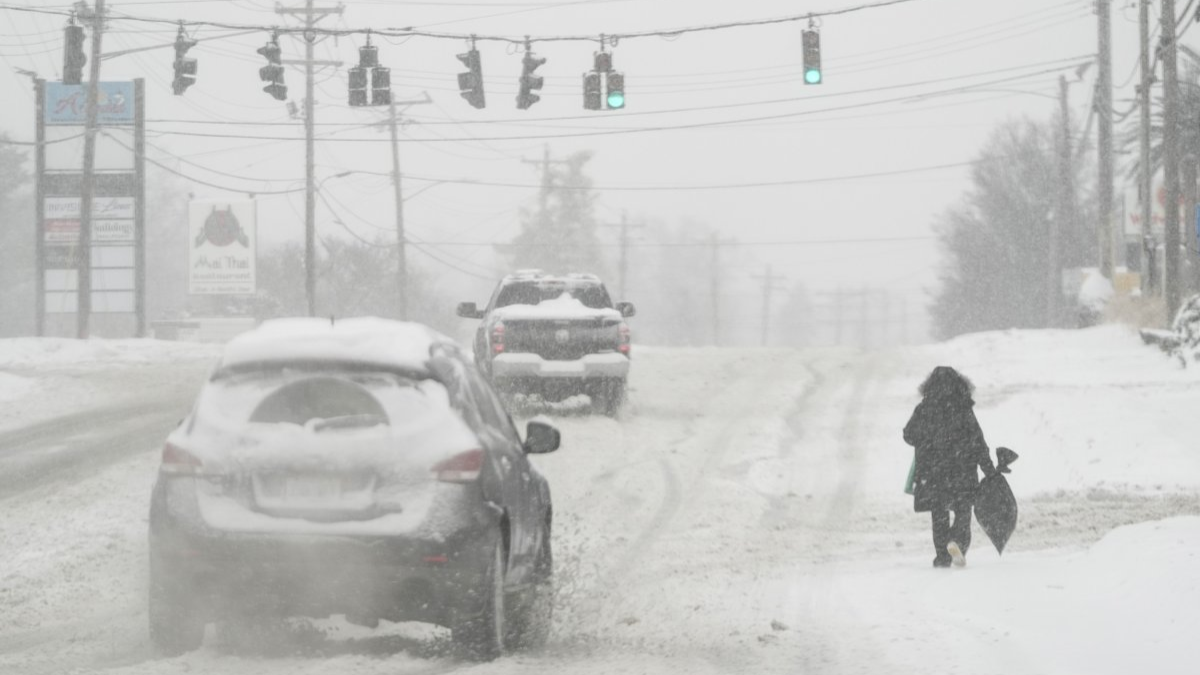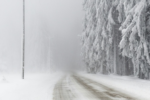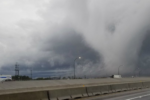Residents of Western North Carolina are bracing for a significant winter storm as an Ice Storm Warning has been issued for the region. Meteorologists predict up to half an inch of ice accumulation, which could lead to hazardous road conditions, power outages, and tree damage. The warning is in effect from late Tuesday night through Thursday morning, prompting local officials to urge residents to take precautions.
Ice Storm Warning Details
The National Weather Service (NWS) issued the warning due to an incoming system expected to bring freezing rain and sleet to areas including Asheville, Boone, and the Blue Ridge Mountains. Forecasters predict that ice accumulation could reach between 0.25 and 0.50 inches, creating dangerous conditions for travel and infrastructure.
Key Impacts of the Ice Storm:
- Road Conditions: Freezing rain will create slick and hazardous roads, making travel extremely dangerous, especially on bridges and overpasses.
- Power Outages: Ice accumulation on power lines and trees could lead to widespread outages as branches snap under the weight.
- Tree Damage: The added weight of ice can cause trees to fall, blocking roads and damaging property.
- Bitter Cold: Temperatures are expected to remain below freezing, making recovery efforts more challenging.
Local Authorities Urge Caution
Local emergency management teams are advising residents to prepare for extended power outages and dangerous travel conditions. North Carolina’s Department of Transportation (NCDOT) has deployed crews to pre-treat roads with brine in an effort to minimize ice buildup.
Officials recommend that residents:
- Stay Indoors: Avoid unnecessary travel to prevent accidents and reduce strain on emergency responders.
- Stock Up on Essentials: Have a supply of food, water, batteries, and medications in case of prolonged outages.
- Charge Electronic Devices: Ensure phones and portable power banks are fully charged.
- Check on Neighbors: Elderly or vulnerable individuals may need assistance during extreme weather conditions.
Travel Disruptions and School Closures
As the storm approaches, several school districts have already announced closures or delays to keep students and staff safe. Local businesses are also adjusting hours in anticipation of hazardous conditions.
Major highways, including I-40 and I-26, could become treacherous as ice accumulates, leading to potential road closures. The North Carolina Highway Patrol has advised drivers to stay off the roads unless absolutely necessary and to carry emergency kits, including blankets and flashlights, in case they become stranded.
Power Companies Prepare for Potential Outages
Duke Energy and other local utility providers are preparing for the possibility of widespread power outages. Extra crews have been stationed across the region to respond quickly to downed power lines and damaged infrastructure.
Customers are encouraged to:
- Report outages via their provider’s website or customer service line.
- Avoid downed power lines and assume all lines are live.
- Use generators safely, ensuring they are operated outdoors and away from windows.
How This Storm Compares to Previous Ice Events
Western North Carolina has seen severe ice storms in the past, with some causing days-long power outages and millions of dollars in damage. The storm of December 2002 left over 1.8 million North Carolinians without power, while the 2014 ice storm caused widespread disruptions and hazardous conditions.
While this upcoming storm is not expected to be as severe, forecasters caution that even a quarter-inch of ice can lead to significant disruptions.
Conclusion
With an Ice Storm Warning in place for Western North Carolina, residents must take precautions to stay safe. The potential for treacherous roads, power outages, and property damage makes preparation essential. Local authorities continue to monitor the storm, urging residents to stay informed and avoid unnecessary travel.
For the latest weather updates, visit the National Weather Service website.
Disclaimer – Our team has carefully fact-checked this article to make sure it’s accurate and free from any misinformation. We’re dedicated to keeping our content honest and reliable for our readers.








